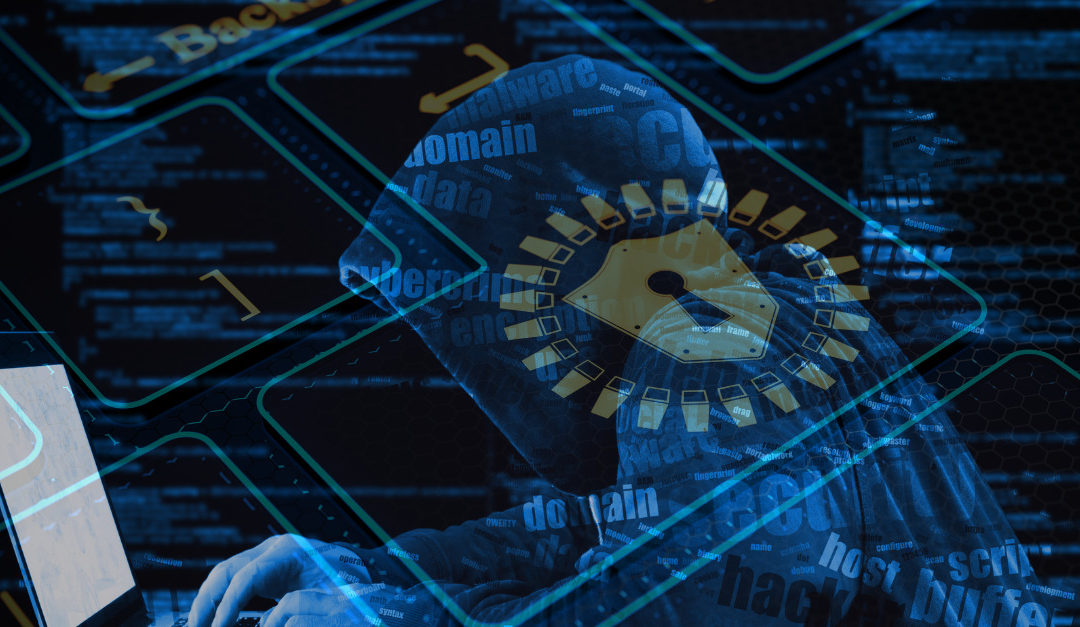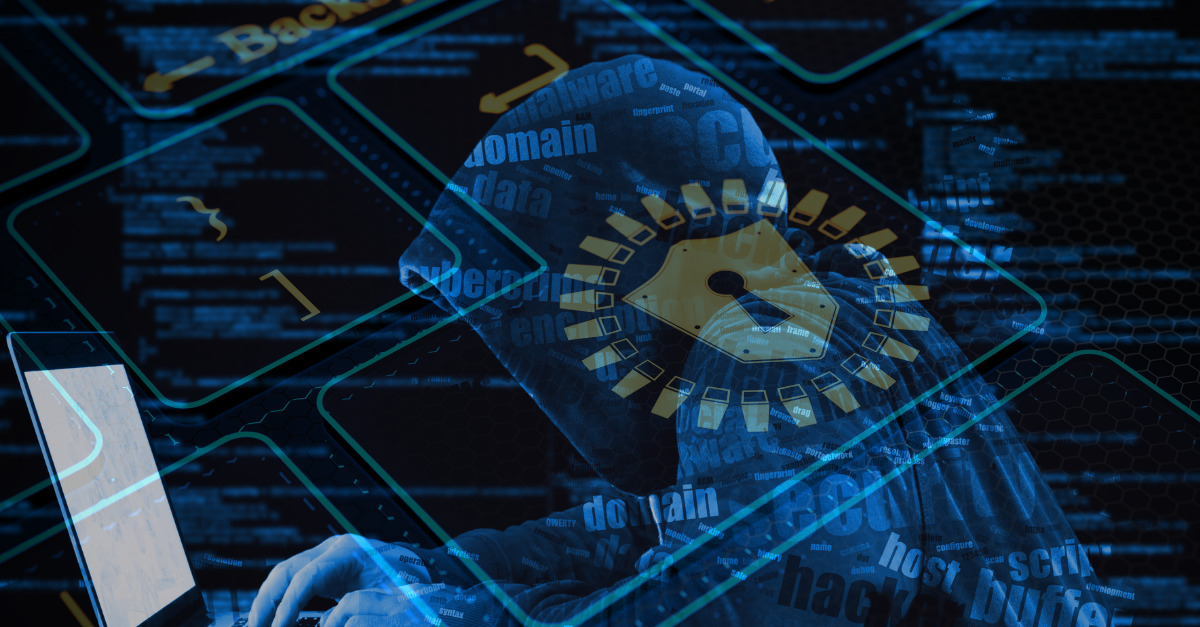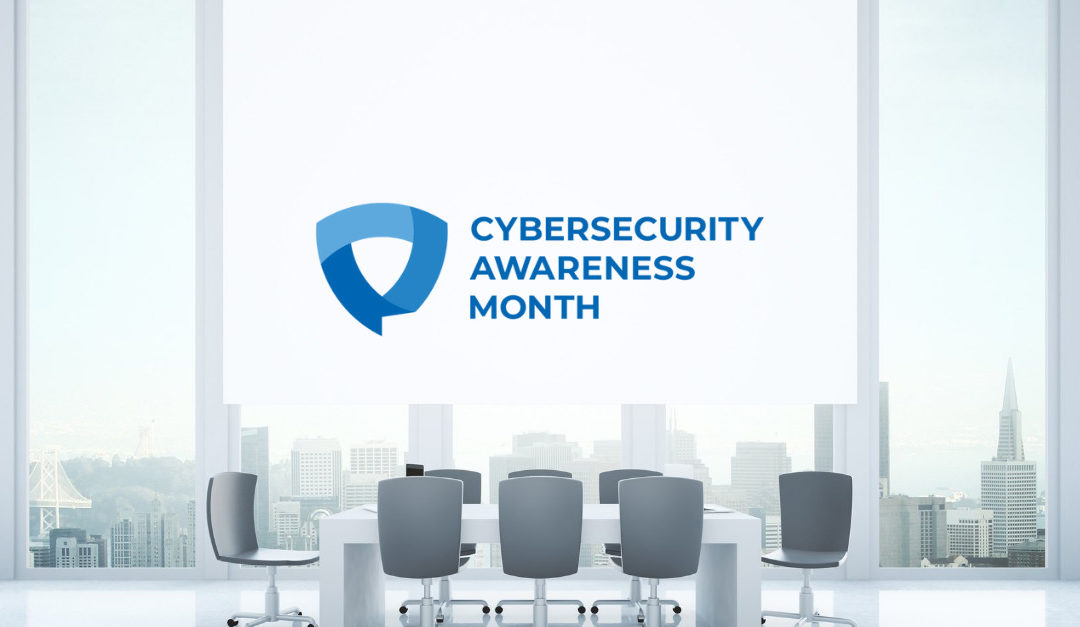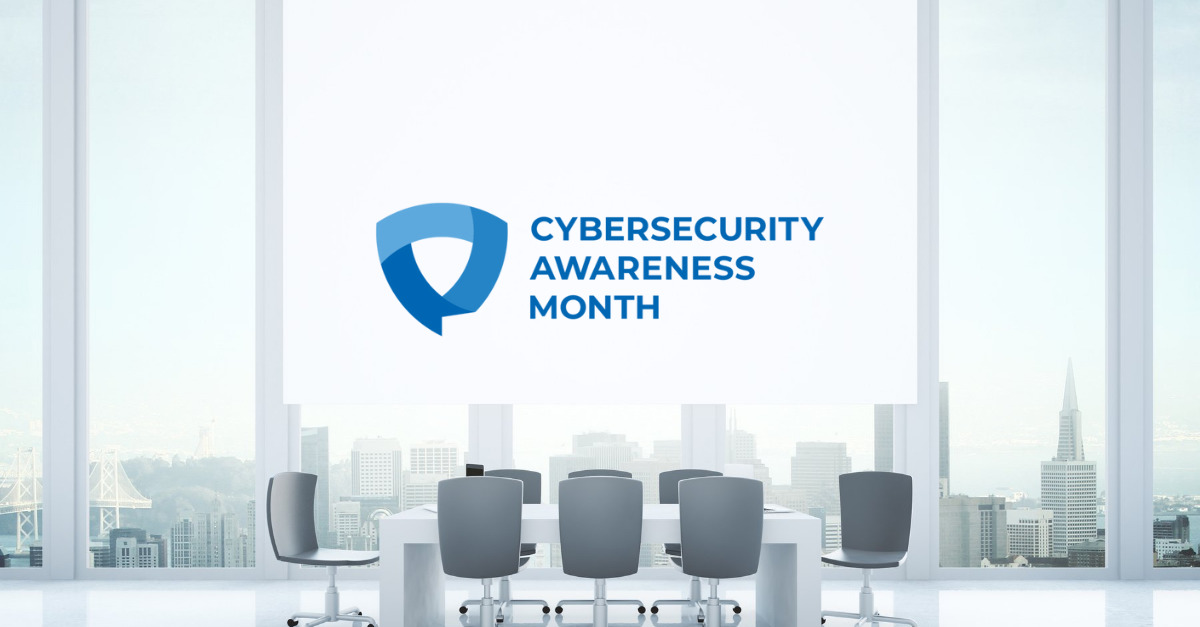
5 Signs Your Business Needs Cybersecurity Training
Cybersecurity Education Begins With Ownership
Small and medium sized business owners beware! 65% of attacks that originate in cyberspace are aimed at companies that think they’re too small to be of interest to cybercriminals. If you think you’re at low risk, read on and see why our IT security consultants recommend cybersecurity training for everyone.

Are you a small business owner? Or are you a once-small company now grown into the medium range of corporate presence? When it comes to cybersecurity solutions for businesses, you always have to structure your services and behavior to prepare as if you’re bigger than you are. This involves a comprehensive security solution that covers your entire company network, from suppliers to employees. Do you have an enterprise-level cybersecurity strategy that protects every connection and end user from digital harm?
If you own a business, you know how precious your data is to daily operations. Profitability depends on good data management behaviors. Because all companies are vulnerable to hackers, your data should be presumed insecure. Cybersecurity should be a proactive approach to cybercrime, rather than a reactive (disaster recovery) move.
Are you on a cybercrime watchlist?
Breaches happen, even to the most prepared companies. Therefore, your risk management policies should be revisited frequently. Business owners should be part of this process. A board of advisors might be beneficial, and it can be cost-effective to outsource this high-level cybersecurity work to a virtual CIO or to a firm with the technology skills that guarantee security for your data.
What happens when a hacker is watching your business?
It takes about a half of a year for business owners to become aware that a hacker has breached the network. It also takes about two months to react to a cyber attack.
Here are five signs your business is at risk and in need of cybersecurity training:
1. You are a small or medium size business.
Far less likely to report cybercrime to the authorities, small and midsized companies are viewed by hackers as a low-risk target. Manufacturers and distributors are often looking to scale, and maintaining a good reputation is key to a successful future. As a growing business, you wouldn’t want your reputation to include a history of victimization by way of ransomware.
2. You think it’s a small problem or that someone else is addressing the issue of cyber safety.
Fear of expense often prevents small and midsize manufacturers and distributors from securing the technology solutions and services they need to protect their data. A good backup solution isn’t enough, even though this is what many company owners depend on for risk management. When planning your IT department budget, price out outsourced help, especially when it comes to cybersecurity. Often, the experts at an IT managed services provider (MSP) will be more friendly to the budget than on-site technology staff.
3. You think you need to cut the IT budget… but IT costs are actually decreasing.
Firewalls and phishing filters are a necessity these days. Due to a mix of popularity and availability, technology cost trends show that business owners can get enterprise-level technology services with affordable pricing. Cloud-based IT services, such as SECaaS (Security as a Service) look at the unique needs of your business and adjust pricing accordingly. Only pay for what you need.
4. Your employees don’t know what they don’t know.
Cybersecurity training might be the most important activity you schedule for the end of 2021 or the beginning of 2022. The time is now. Hackers take advantage of poorly trained employees on a daily basis. 95% of security breaches are successful because of human error. Train, train, and train again. Technology is an ever-evolving field, and this ripples into the dark web as cutting-edge malware. Protecting your talented staff from the dark web is key to employee retention in today’s culture.
Fortunately, cyber education is often free online. Formal training is easy on the budget. If you have a million customers relying on your manufacturing operations to maintain uptime, your cyber security plan needs to defend more than credit card numbers and social security numbers. You need an IT solution that comprehensively protects the countless connections along your supply chain, right down to the home offices of your remote workers.
Sign up for a ransomware simulation attack today to see if your employees are ready for disaster. Employees are eager to learn security breach mitigation strategies because their personal information is at risk in the event of a data leak. Information security begins with security training.
5. You’re likely to pay the ransom if you are attacked.
More than half of small businesses pay a ransom. Reasons revolve around damage control: you definitely don’t want your data or your reputation harmed by a ransomware attack, so in the moment you are likely to pay the attacker. If you think you’d be likely to pay a ransomer to get your data back, then you stand unprepared. Once you have a solid cybersecurity plan in place with a crew of talented IT staff to support your solutions, you’ll know that you’ll never pay a hacker a dime of your earnings. In the event that you experience a breach, you’ll know that you have an incident response plan that won’t involve a ransom payment.
Today’s cyber landscape is riddled with massive corporations hitting the news for million-dollar ransomware attacks. When was your last security audit? It’s better to act as a big little company in a technology culture in which the hackers are frequently more skilled than even the best IT staff.
- Empower your workers with the best solutions so that they can use their talents to their full extent.
- Prevent identity theft of employees by securing personal data and corporate data.
- Bring in a white hat hacker to test both onsite and remote cybersecurity solutions and services.
Can your staff respond properly to a data breach? Do you have an incident response plan clearly delineated so that all employees understand your disaster recovery process? Have employees been thoroughly trained to recognize cyber threats lurking in their email accounts as phishing attempts?










